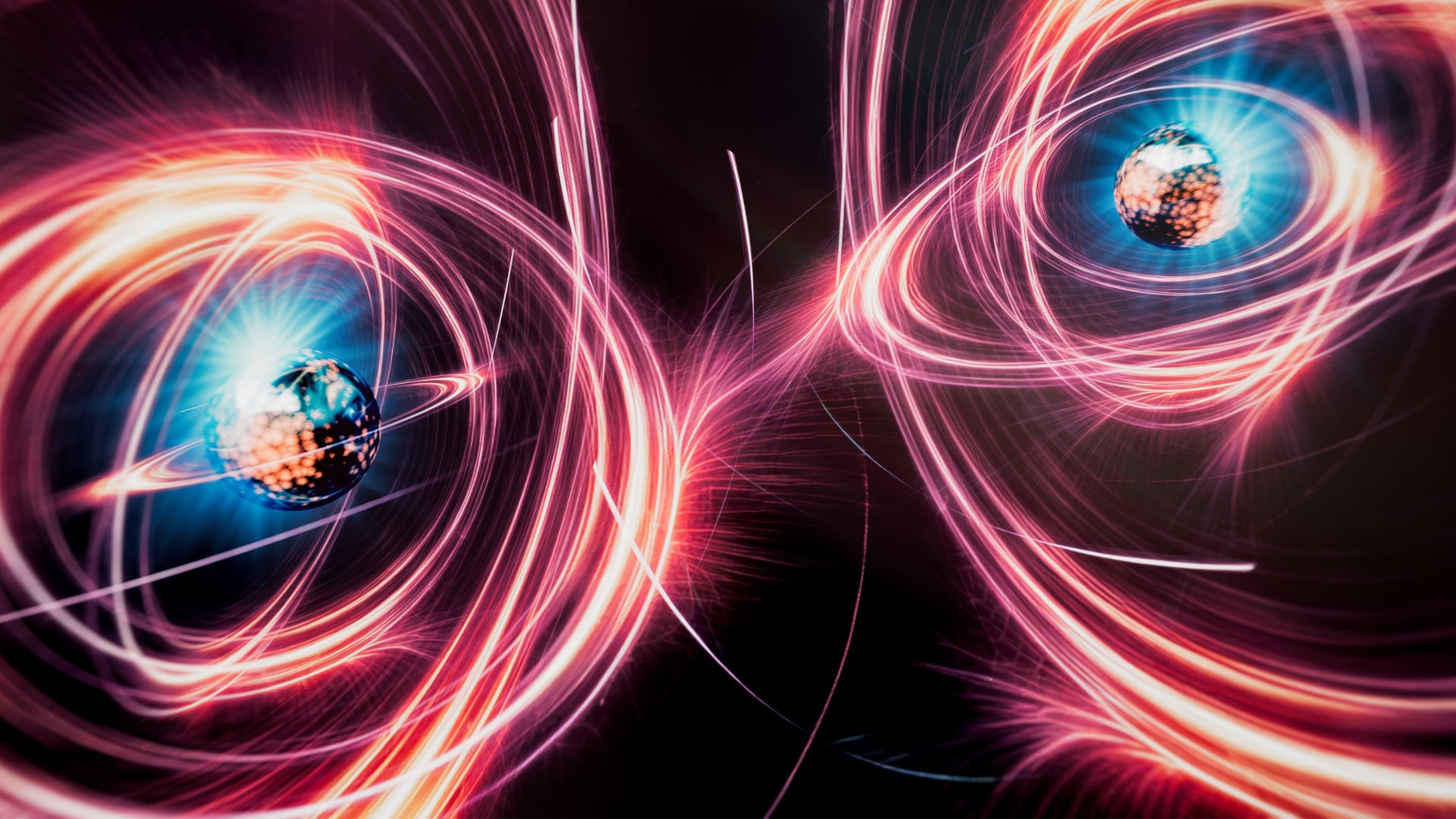Quantum networks could shed new light on fundamental physics problems that have mystified scientists for decades.
In a new paper, a team of researchers has demonstrated how quantum networks can be utilized to investigate the impact of curved space-time on quantum theory.
They are probing the intersection between Einstein’s General Theory of Relativity and quantum mechanics. This means quantum networks could one day contribute toward a unified theory of quantum gravity.
The interplay between quantum theory and gravity
Quantum networking is increasingly gaining global traction in the scientific community. Scientists believe it will eventually enable a global quantum internet by using qubits and entanglement to transfer information rather than electrons and photons. Ultimately, this could enable quantum computers to deploy ultra-secure communications globally and into the far reaches of space.
In their new paper published in PRX Quantum, researchers delved into the link between quantum theory and gravity. The team comprises Igor Pikovski at Stevens Institute of Technology, Jacob Covey at the University of Illinois at Urbana-Champaign, and Johannes Borregaard at Harvard University.
“The interplay between quantum theory and gravity is one of the most challenging problems in physics today, but also fascinating,” Pivoski explained in a press statement. “Quantum networks will help us test this interplay for the first time in experiments.”
The researchers developed a protocol for their study to show how quantum effects can be distributed across network nodes using so-called entangled W-states. It also showed how interference between these entangled systems is recorded.
Essentially, the team found that scientists can exploit modern quantum capabilities, such as quantum teleportation and entangled Bell pairs in atom arrays, to test quantum theory on curved space-time.
Could gravity alter the effects of quantum mechanics?
The differences between Einstein’s General Theory of Relativity and quantum mechanics are well documented. Quantum mechanics is the study of matter’s interactions on the scale of atomic and subatomic particles. While scientists know a great deal about how atoms and subatomic particles behave, they don’t understand why their behavior differs from that of large objects observed in classical physics.
Could differences in space-time ultimately alter the behaviors of atomic and subatomic particles we observe on Earth? This is what the scientists aim to find out with their new tests.
“We assume that quantum theory holds everywhere – but we don’t know if this is true,” Pikovski said. “It might be that gravity changes how quantum mechanics works. Some theories suggest such modifications, and quantum technology will be able to test that.”
Through their research, the team found that quantum networks go beyond being a useful component for the quantum internet of the future. They can also help scientists study fundamental physics in an impossible way with classical computing. Crucially, studying fundamental physics in curved space-time is now possible.
